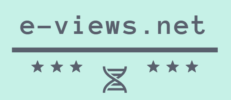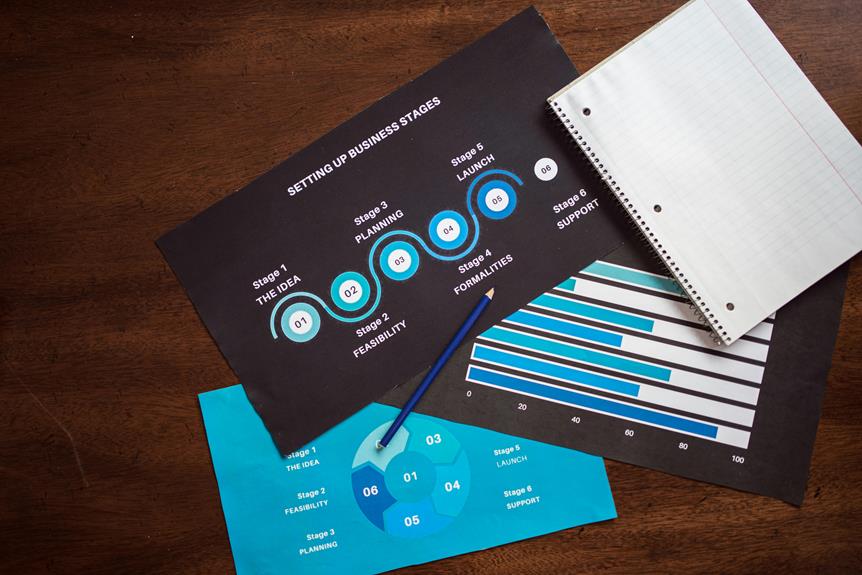When you're trying to outshine your competition, understanding their backlink profiles is crucial. By using tools like Ahrefs or SEMrush, you can gain insights into their domain authority and the diversity of their anchor texts. But that's just the beginning. You need to identify high-quality links and analyze the relevance of their linking sites to spot gaps and opportunities in your own strategy. So, how exactly do you navigate this complex landscape effectively? Let's explore the three key tips that will sharpen your competitive edge in link acquisition.
Identify High-Quality Links
When you're identifying high-quality links, focus on metrics like domain authority, relevance, and trustworthiness.
Start by evaluating domain authority, a key indicator of a website's strength. Use tools like Moz or Ahrefs to check the domain authority score, aiming for links from sites with scores above 50. Higher scores indicate a robust site with substantial impact on search rankings.
Next, consider relevance. Examine if the linking site aligns with your niche. A link from a related industry is far more valuable than one from an unrelated source. Analyze the site's content and audience to ensure it matches your target market. This alignment enhances the link's effectiveness, as search engines prioritize contextually relevant links.
Trustworthiness is another crucial factor. Assess the linking site's credibility by reviewing its history, content quality, and user engagement. Look for signs of manipulative SEO practices, such as link farms or over-optimized anchor text. Tools like SEMrush can help you spot toxic backlinks, allowing you to exclude them from your strategy.
Additionally, evaluate the link's placement and surrounding content. Links embedded within relevant, high-quality content are more impactful than those in footers or sidebars.
Search engines value natural, contextually integrated links, which signal genuine endorsements.
Analyze Link Diversity

After identifying high-quality links, it's important to analyze link diversity to strengthen your backlink profile. By doing so, you can ensure that your backlinks come from a wide range of sources, which signals to search engines that your website is authoritative and credible.
A diverse backlink profile not only helps in improving your search engine rankings but also mitigates the risk of being penalized for having an unnatural link pattern.
To effectively analyze link diversity, focus on these key areas:
- Domain Variety: Examine the number of unique domains linking to your site. A higher number of unique domains indicates a more diverse and natural backlink profile. Utilize tools like Ahrefs or SEMrush to easily view and compare domain diversity with your competitors.
- Anchor Text Diversity: Analyze the variety of anchor texts used in the backlinks. Overuse of exact match anchor text can lead to penalties, so aim for a mix of branded, generic, and long-tail keywords. Tools such as Majestic can provide detailed anchor text reports.
- Link Type Distribution: Investigate the types of links pointing to your site, such as text links, image links, and nofollow links. A balanced distribution is crucial for a healthy backlink profile. Google Search Console can be a useful tool for this analysis.
- Geographic Diversity: Evaluate the geographic origin of your backlinks. Links from different countries can enhance your global presence and contribute to link diversity. Tools like Moz's Open Site Explorer can help identify the geographic distribution of your backlinks.
Assess Link Acquisition Tactics

To effectively assess link acquisition tactics, it's crucial to delve into the methods competitors use to garner their backlinks. Start by examining the specific strategies they employ. This includes outreach campaigns, content marketing efforts, guest blogging, and partnerships. Identifying these tactics will enable you to determine which strategies yield the highest quality links and which are most replicable for your own efforts.
Analyze the frequency and type of content used in their link-building efforts. Are they regularly publishing data-driven articles, infographics, or interactive content? Understanding the content types can reveal what attracts links and engages audiences.
Next, scrutinize the relationship-building aspect. Do they maintain strong connections with industry influencers or authoritative domains? This insight is vital, as it underscores the importance of networking in link acquisition.
| Tactic | Description |
|---|---|
| Content Marketing | Use of articles, infographics, or videos to attract backlinks. |
| Outreach Campaigns | Direct contact with potential link sources for collaboration. |
| Guest Blogging | Writing articles for other sites to include backlinks. |
Also, evaluate the balance between organic and paid links. Examine whether their profile leans heavily towards one side, as this can impact search engine trust. A balanced approach tends to be more sustainable and less risky in the long run.
Conclusion
By comparing competitor backlink profiles, you're essentially peering under the hood of their SEO machine. Focus on high-quality links from credible sources, ensuring they're as relevant as a good mixtape was in the '80s. Diversify your anchor text to keep your profile looking natural and varied. Lastly, scrutinize their link acquisition tactics to uncover opportunities, leveraging data to inform strategic decisions. These steps will guide you in crafting a robust, competitive link-building strategy.


